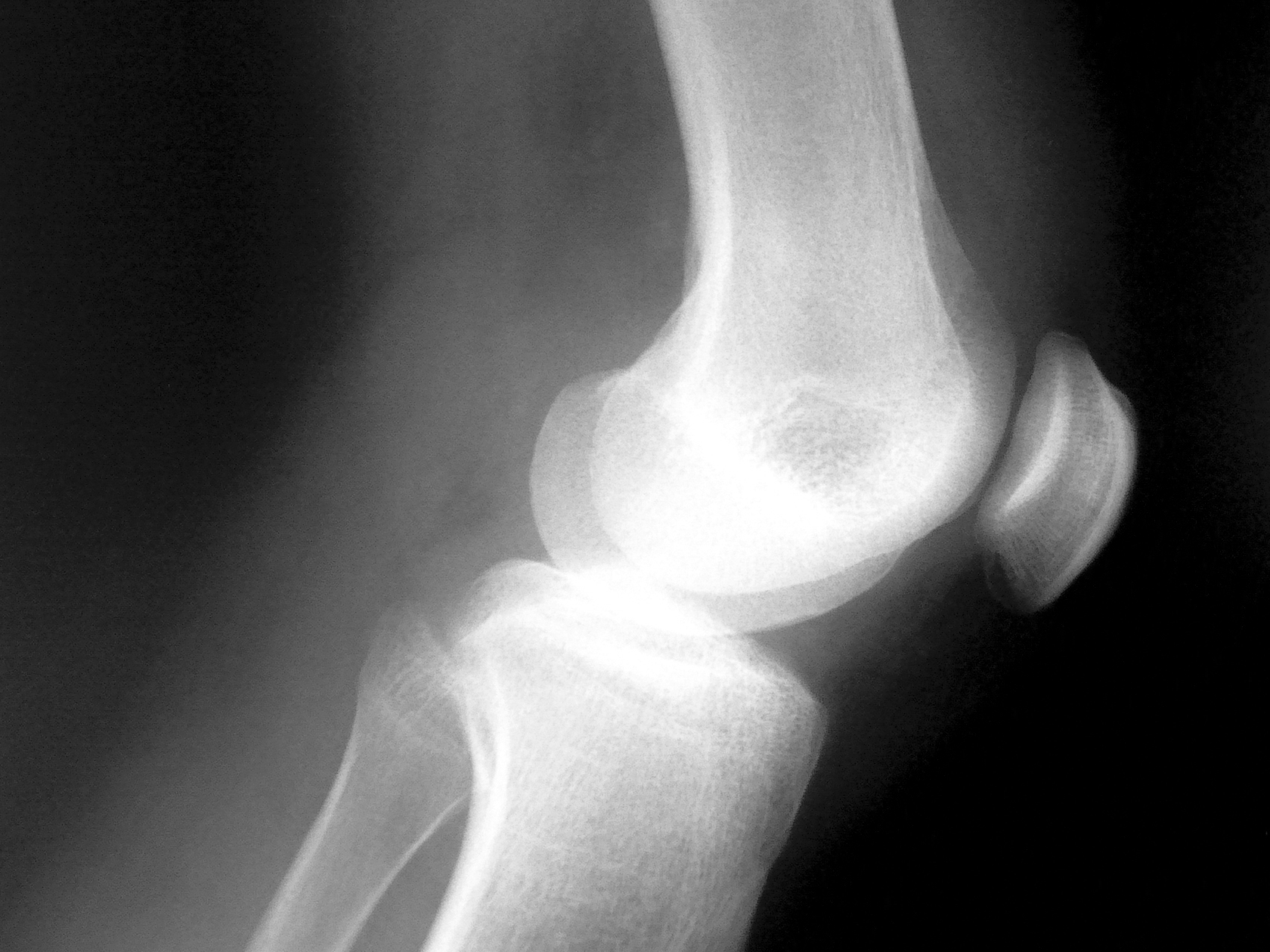Ten years ago I started feeling mild discomfort when I squeezed my thumb and forefinger together (like plucking stray hairs, etc.), which has worsened over the years to the point of severe pain at times. Four years ago I had X-rays of both hands showing degradation of the basal thumb joint on both hands, more severe on the right. This week I had another set of X-rays that showed the right hand thumb joint to be filled with calcium, bone spurs, no joint space – the doc said “no wonder that hurts”. The metacarpal bone is being pushed out of alignment and the joint is deforming visibly. The left hand is better, but the same process is at work.
So there has been considerable progression in the past four years, in spite of taking every supplement known to promote joint health. The doctor offered to treat the symptoms with a cortisone injection, but said “we don’t treat the disease, only the symptoms”. That is not the answer I’m looking for, so I dove into the research looking for a better one.
Vitamin K looks to be the major controller of where calcium is placed in the body – enough K and it goes into bones and teeth; too little and it moves out of bones and teeth and into soft tissues, arterial walls and other places it does no good. My strategy for the last four years has been to increase my intake to about 3 mg/day of vitamin K2 using three supplement that have 1 mg each. This doesn’t seem to work the magic I expected. But it is about 3x the dose we find in the health literature and supplements deigned for this purpose.
I wanted to see what studies have led to the understanding of how vitamin K works, so I hit the internet reading everything I could find, finding one article that stated “doses range from 15 top 45 mg/day”. I thought that had to be a misprint until I found a published survey paper that reported on most of the significant studies of the last several years and saw that 45 mg/day was used as the dose in the majority of studies. The type used in these studies is Menatetrenone, the commercial form of menaquinone-4 (MK-4) isomer of K2.
Now I’m setting out to test this for myself. I found a supplement with 5 mg/softgel and plan to take 30 mg/day to see if the next X-ray shows improvement or not. MK-4 does not remain in the blood for long, so I plan to take it with meals, three times per day. Also, it is fat-soluble and needs to be mixed with dietary fat for best uptake.Why not 45 mg/day? The stuff is pretty expensive, and there are hints in some studies that lower doses are still effective. I should be able to see if there is a visible difference in the next X-rays. BTW; I found a great article on vitamin K2 at Dr. Jack Kruse’s website: Reversing Disease for Optimal Health – this is one to bookmark for clearer understanding. Read it to see how insufficient vitamin K2 increases production of small-dense LDL, lowers HDL and testosterone production, encourages arterial plaque and calcification, peripheral artery disease and coronary artery disease – This is worth understanding! A source for higher dose (15 mg) vitamin K2 is http://www.vrp.com/ultra-k2-90-caps.
Good Living – Frank
Frank Wilhelmi - Retired/consultant electronic engineer researches and reports practical strategies for optimizing health and fitness into advanced age. “I have a passion for living life to the fullest, and helping others to do the same.” A rapidly growing body of knowledge now enables us to extend our health and fitness decades beyond popular expectations.

